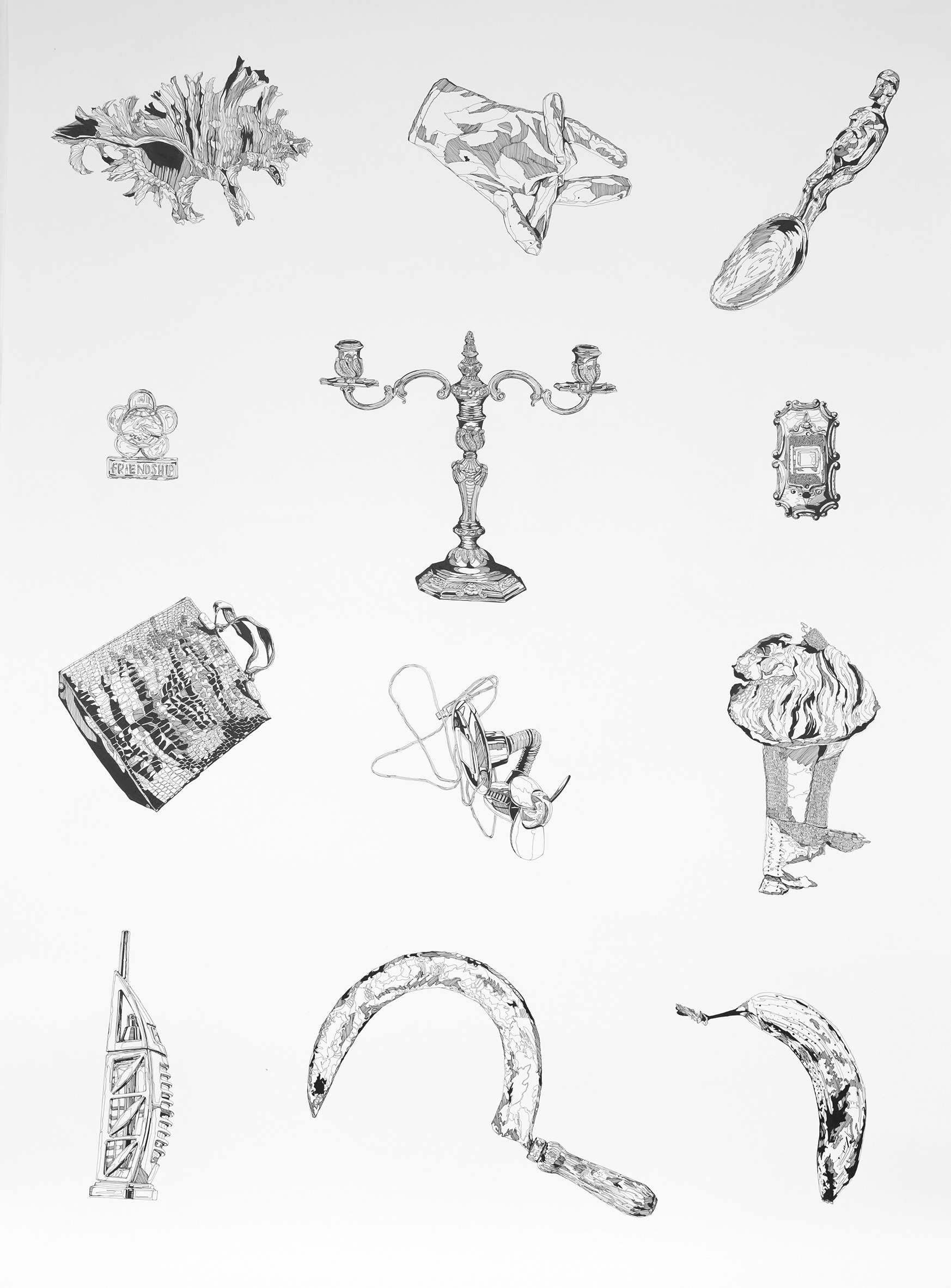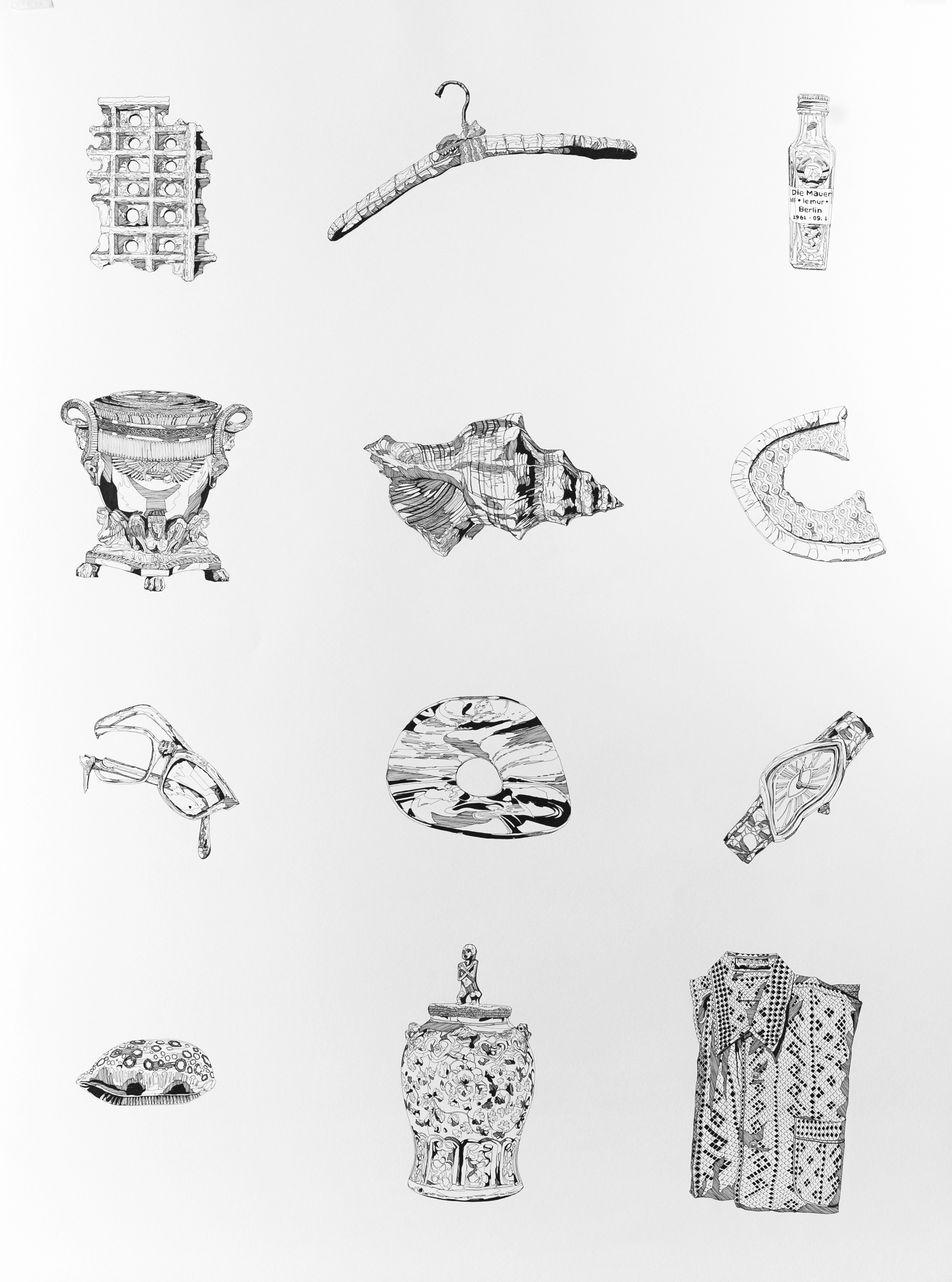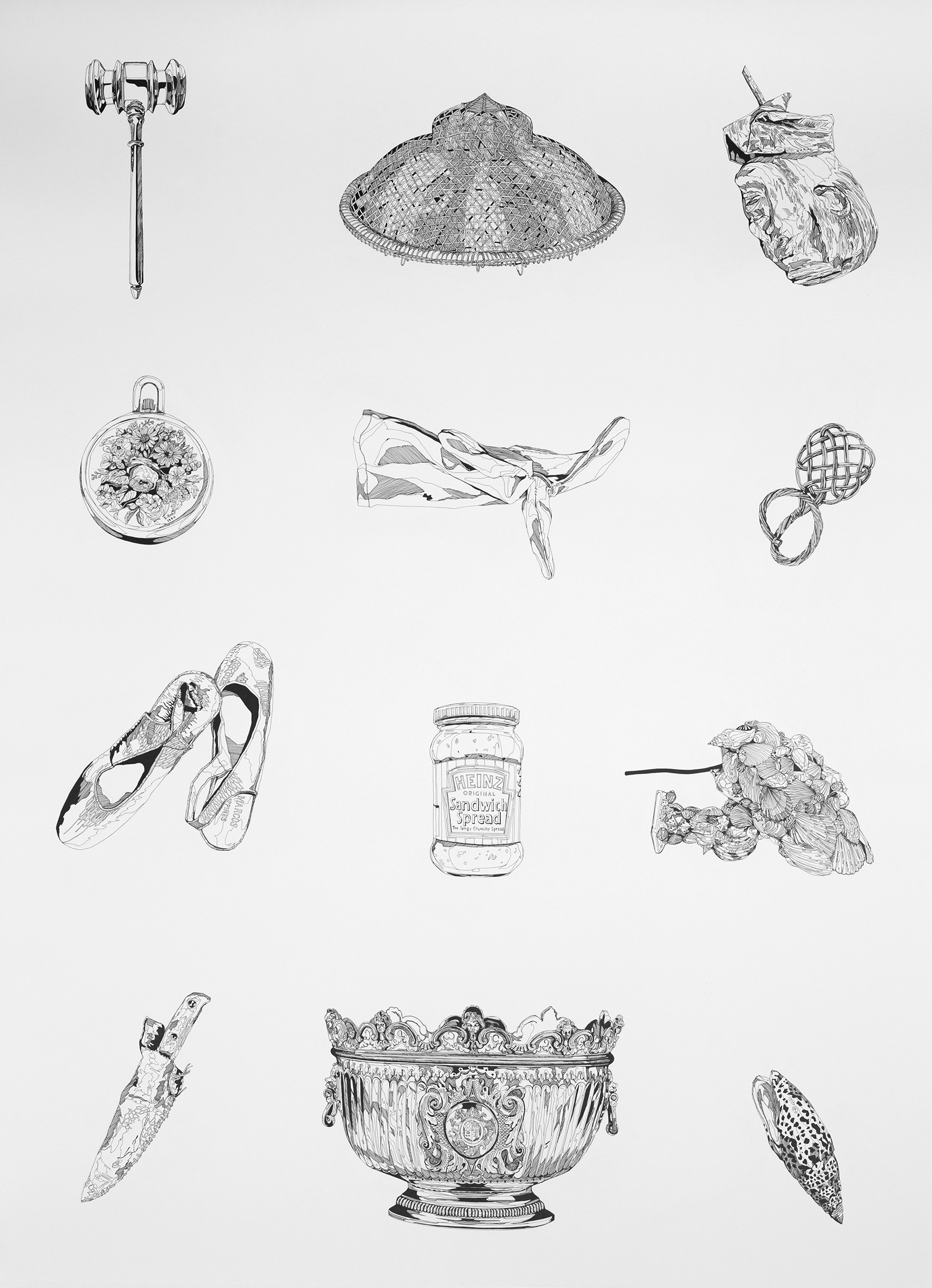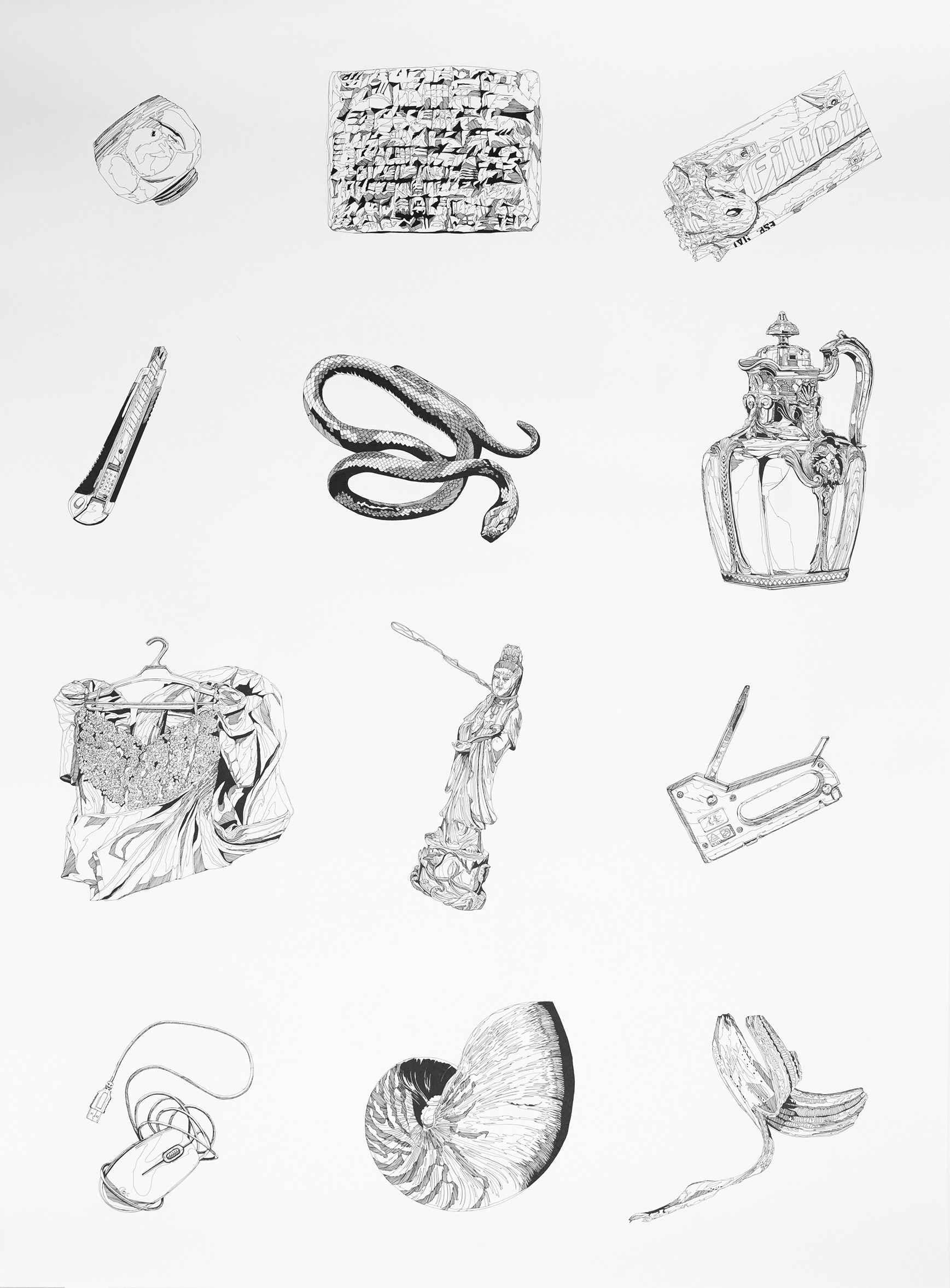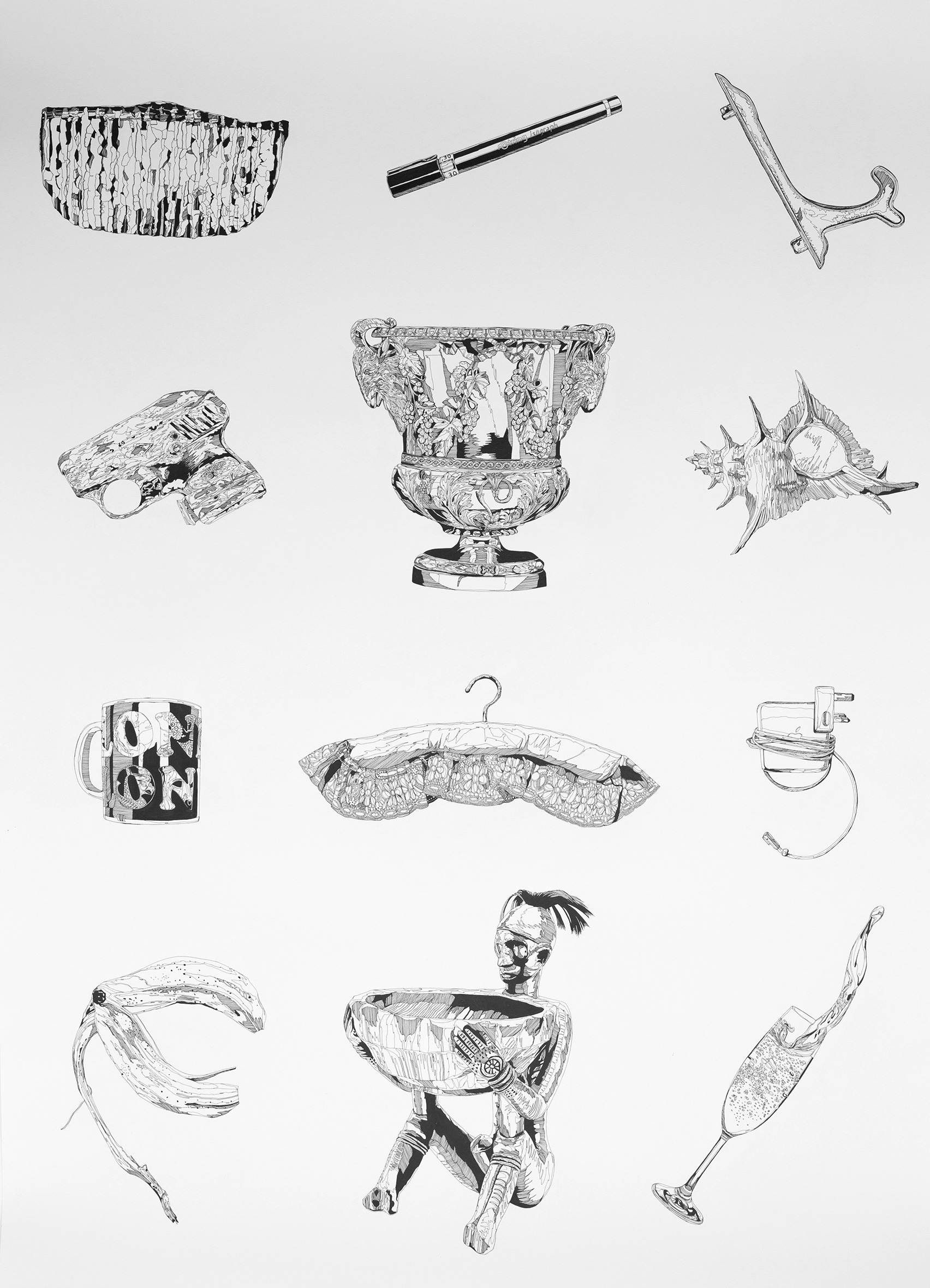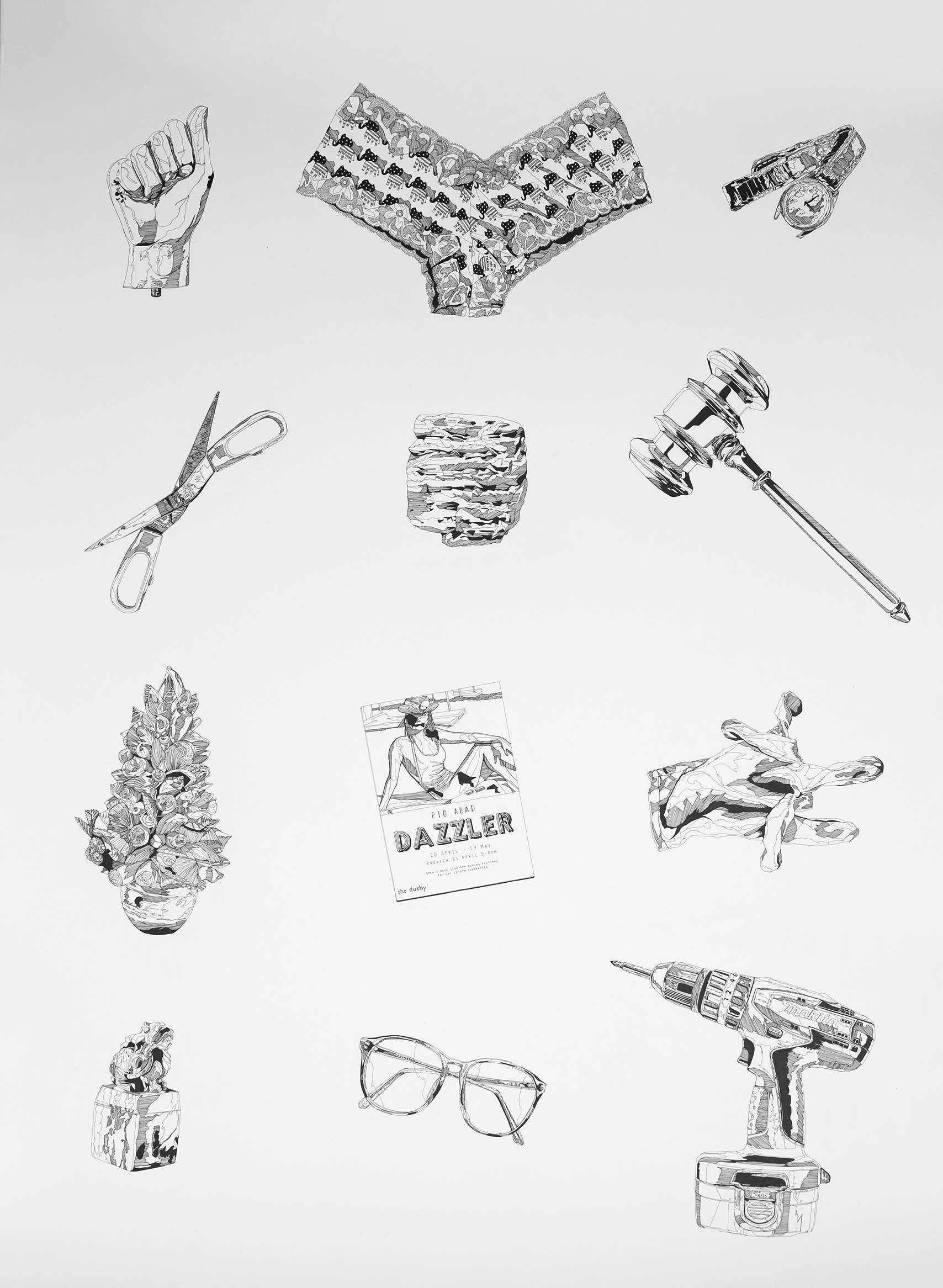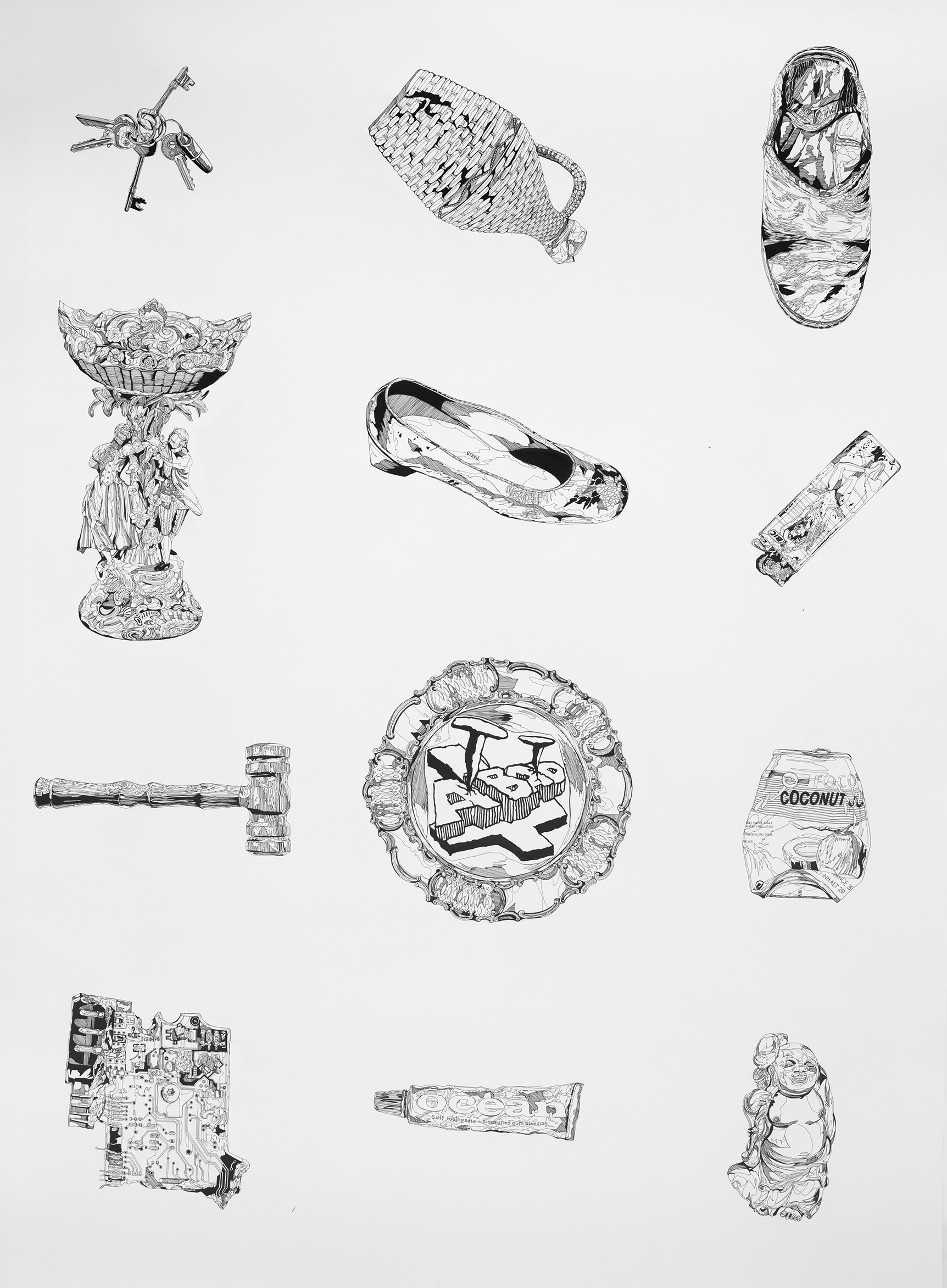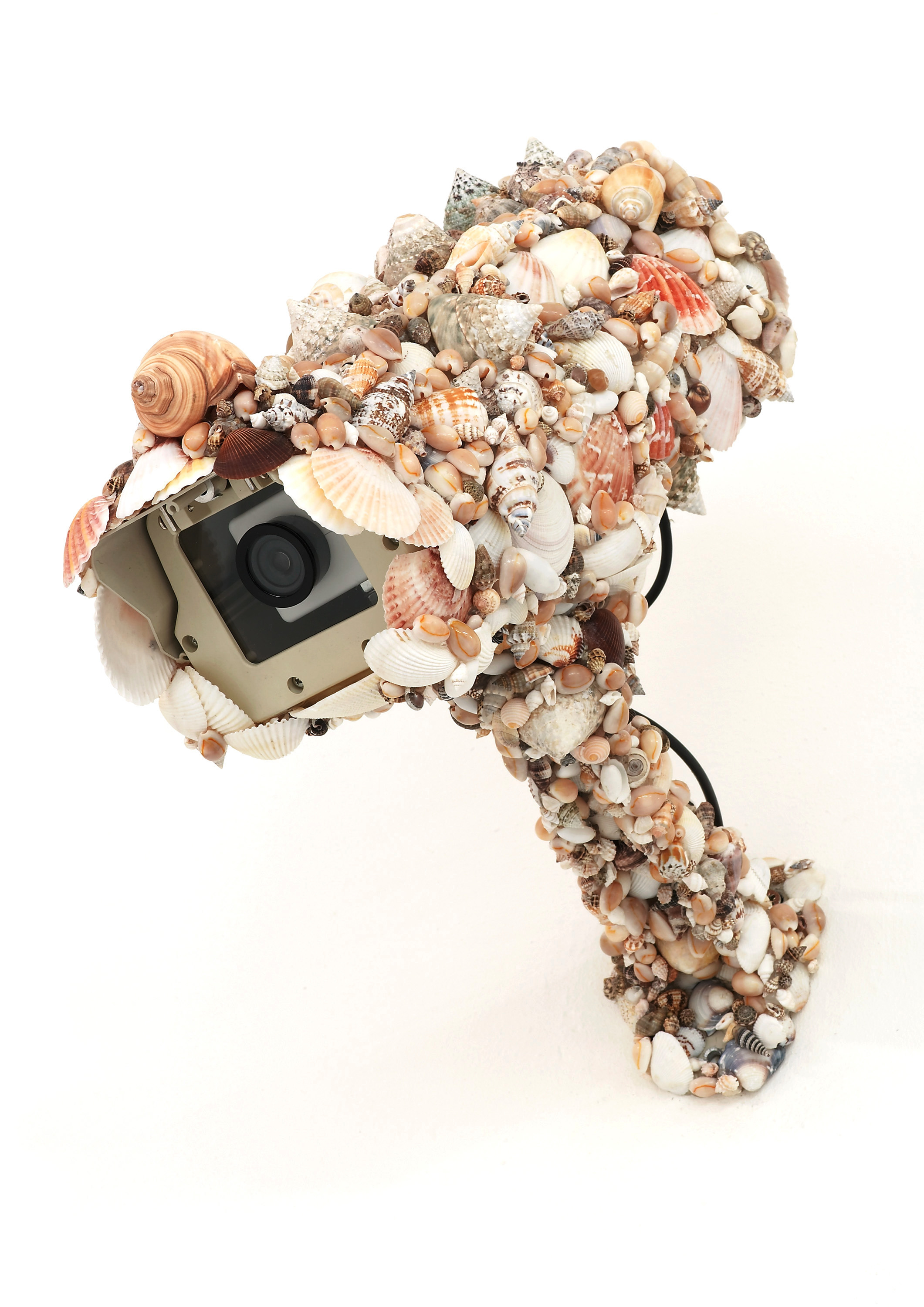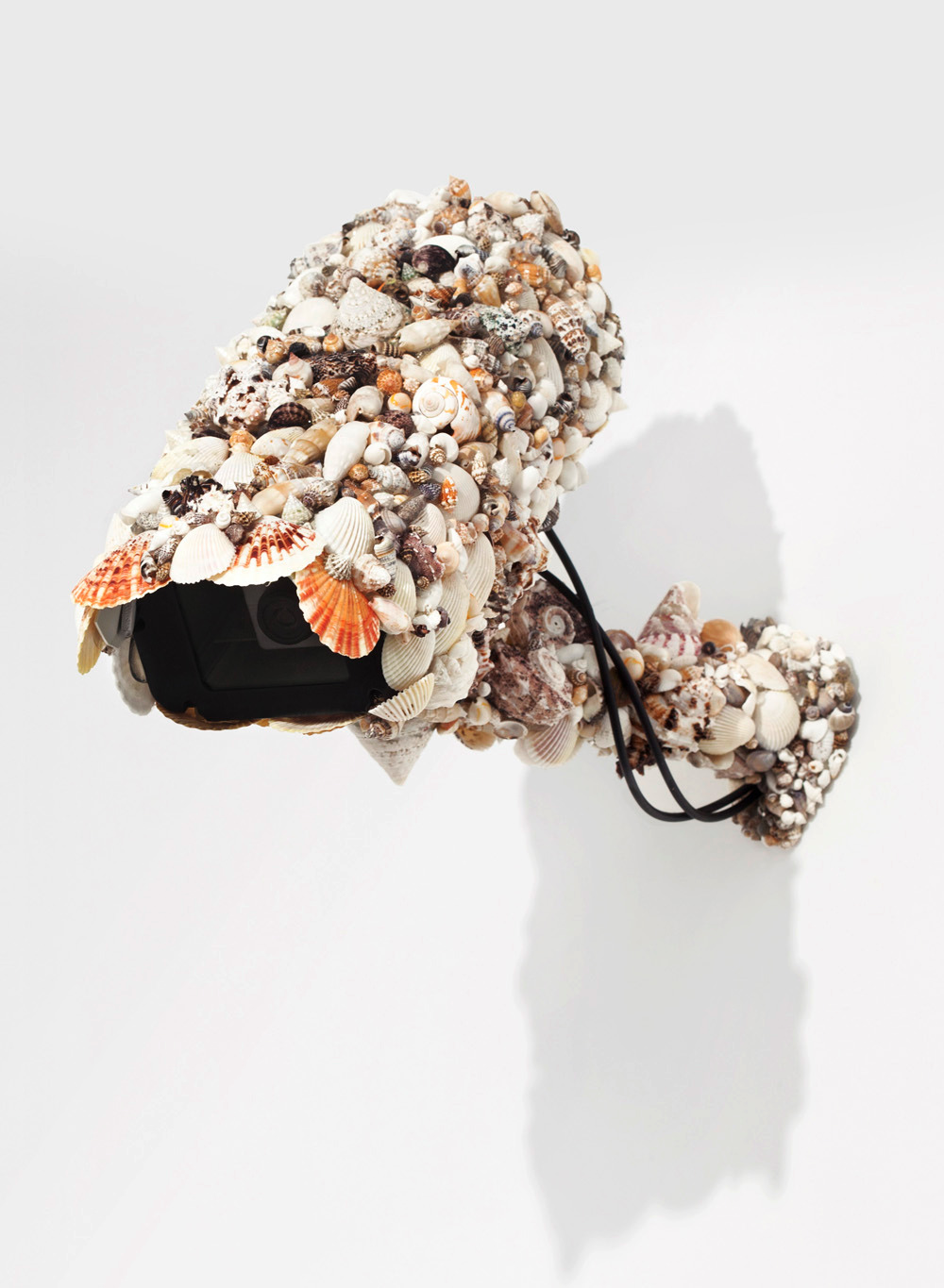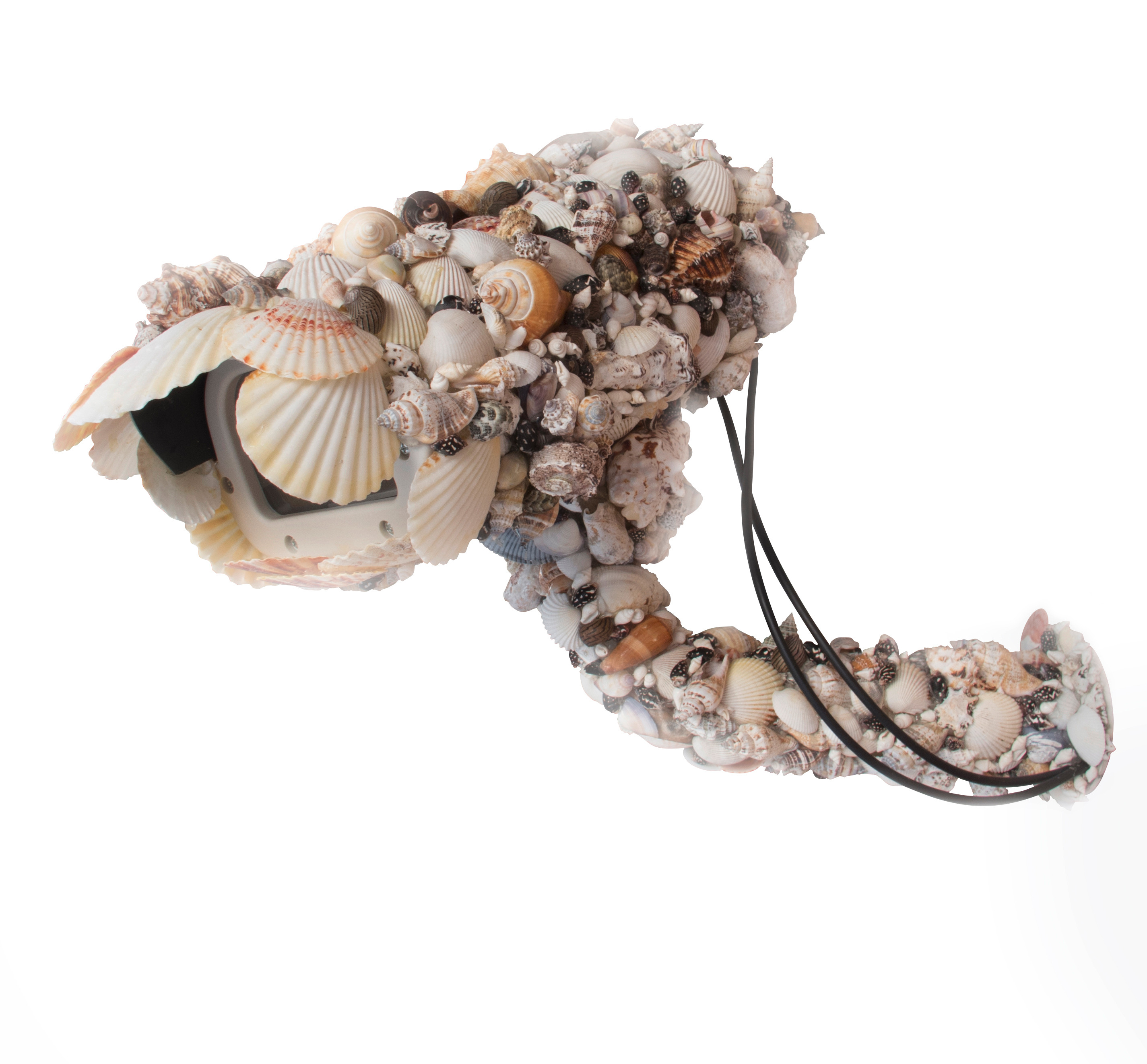
A Short History of Decay
Pio Abad
Silverlens, Singapore
Installation Views
About
Silverlens is pleased to present the first solo exhibition of the London-based Filipino artist, Pio Abad, in Singapore. The exhibition will comprise of new drawings and sculptures that further explores the artist’s ongoing interest in inventories and the social and political implications of objects.
“Knowledge – if it is profound – never changes: only its décor varies. Love continues without Venus, war without Mars, and if the gods no longer intervene in events, those events are neither more explicable nor less disconcerting: the paraphernalia of formulas merely replaces the pomp of the old legends…” (Emil Cioran, A Short History of Decay)
Our world is propped and adorned with artifacts—without which, our lived experience would appear as a purposeless conference engaged in hollow abstractions. The mind is a doer, a creator, and the history of ideas can be traced from the objects that sprang forth from active hands, either through creation or through acquisition. Nature is in itself active, and has provided for us articles that we can name, categorize, procure, and include in the inventory of what has shaped history.
It is in this kind of historical inquiry that Pio Abad has taken recourse. In gathering a variety of articles and objects to be drawn on white paper, he creates his own inventory of the modalities of our consciousness; objects as both relics and testimonies to our selfhood. Taking the title of the show from Emil Cioran’s book A Short History of Decay, Abad adapts both the nihilistic stance and aphoristic construction of its pages, creating a series of large-scale drawings that echo the Romanian philosopher’s argument that “consciousness changes only its forms and modalities, but never progresses.” Whilst examining how one’s individual identity may play out over a multitude of objects, Abad extends the inquiry further by asking how the same objects may intersect with the progression (or non-progression) of a nation or a civilization’s collective memory?
The different sets of twelve items depicted in each of Abad’s drawings demonstrate a brief translation of history through material forms. Portrayed objectively in black and white and in an unaffected manner, these items turn into unassailable, concrete evidences. These objects, which seem disparate in nature with their own unique historical contexts — museum acquisitions, ethnic utensils, historical relics, electronic devices, common household tools, natural artifacts, and accidental rubbish—have been organized by way in which not to signify the singularity of their object-hood, but rather to represent the peculiarity of one’s personal encounters with them. Their placement next to each other leads to the construction of a universal reading; one which connects each item as if forming a pattern or a unique picture-message to communicate the idea that knowledge and history, while conceived in different forms, refer to the same world and ultimately subscribe to the same decadent end.
Alongside each set of drawings, Abad makes a list detailing their genealogy. Thus he takes the role of an archivist, constantly seeing and participating in the mind’s dialogue with the artifacts and their place within his own history. This dialogue is fragmented, laconic, and marked by astute observation — much like an aphorism, each drawing stands as a momentary questioning of the viewer’s own existence through objects.
In a series of sculptures displayed alongside the drawings, the act of seeing is transferred to the art object itself. In Decoys, surveillance cameras take their accepted place inside the gallery while the concept of their prudence is tested to the hilt. Heavily adorned with an assortment of seashells, their décor assumes a corruptive function that both disrupts the form of the camera and extravagantly calls attention to it. With this unlikely juxtaposition, Abad emphasizes the caveats in reconnaissance, forcing once again a dialogue between the observer and the one being observed.
In the drawing, A Short History of Decay IV, the following objects occupy the same paper: a plaster of Paris study for the Ninoy Aquino monument at Ayala Avenue, a Patek Philippe watch from the first Christie’s auction in China and a jar of Heinz Sandwich Spread. Putting these objects together in writing quickly activates the mind to prepare for a surreal, if not incredulously satiric juxtaposition. But in Abad’s work, these objects conjure up a concise and orderly diagram of species; to echo the artist Marcel Broodthaers, objects organized as encounters of different functions that all refer to the same world.
Words by Cocoy Lumbao
Working across sculpture, installation, photography and print, Pio Abad’s (b. 1983, Manila, PH; lives and works in London, UK) practice is concerned with the study of history and its attendant acts of commemoration, speculation and revision. His artwork glides seamlessly between historical events, enacting quasi-fictional combinations with their leftovers. Often unraveling official accounts, he employs strategies of appropriation to reveal the social and political implications of objects and draw out associations between other incidents, moments and people.
Works
